
Members of Energy I-Corps Cohort 5
Training for Energy I-Corps Cohort 5 was held Feb. 21–April 20, 2017, in Golden, Colorado.
Cohort 5 was composed of 12 teams from Idaho National Laboratory (INL), National Renewable Energy Laboratory (NREL), and Pacific Northwest National Laboratory (PNNL).
Teams and Technologies
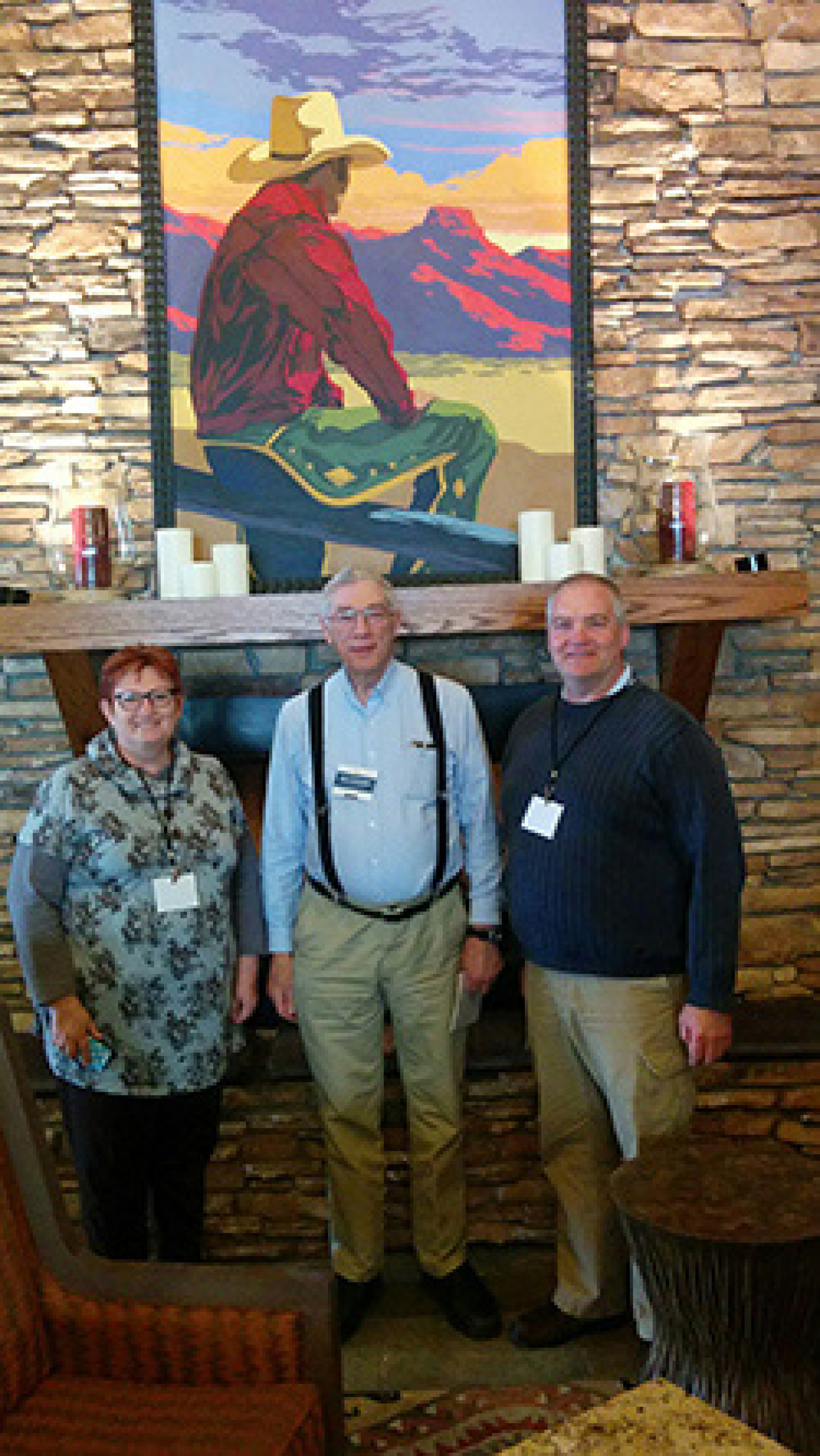
Team Members
- Principal Investigator: Isabella van Rooyen
- Entrepreneurial Lead: George Griffith
- Industry Mentor: Ed Lahoda
Technology Description
Additive manufacturing technology provides a direct route to fabrication of dense uranium silicide using a novel hybrid laser engineered net shaping process that is applied to create a small localized melt pool from multiple powder sources to form a pellet with the required microstructure, chemistry, and properties. This hybrid process in combination of other hybrid advanced manufacturing processes provide the unique capability to use multiple raw material sources.
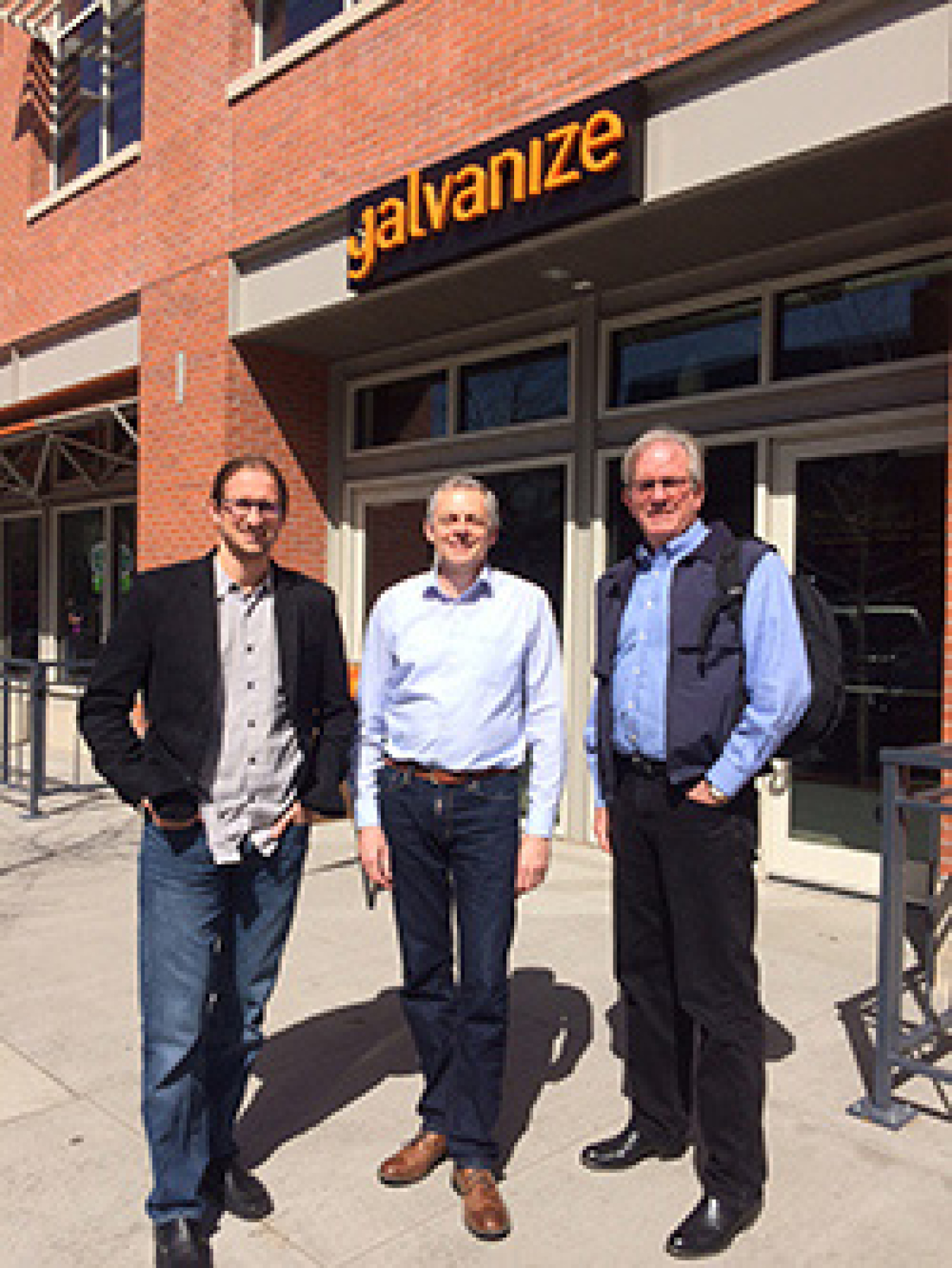
Team Members
- Principal Investigator: Dave Bobela
- Entrepreneurial Lead: Bart Van Zeghbroeck
- Industry Mentor: Bob Goodman
Technology Description
Silicon Carbide (SiC) is a semiconductor that, due to its superior electronic properties, could replace silicon-based devices in the enormous market of high voltage, high-speed, power electronics. NREL has developed Hot-Filament Chemical Vapor Deposition (CVD) technology that, when optimized, enables growth of electronic grade SiC from gas-phase precursors at lower costs than current CVD techniques used in industry.
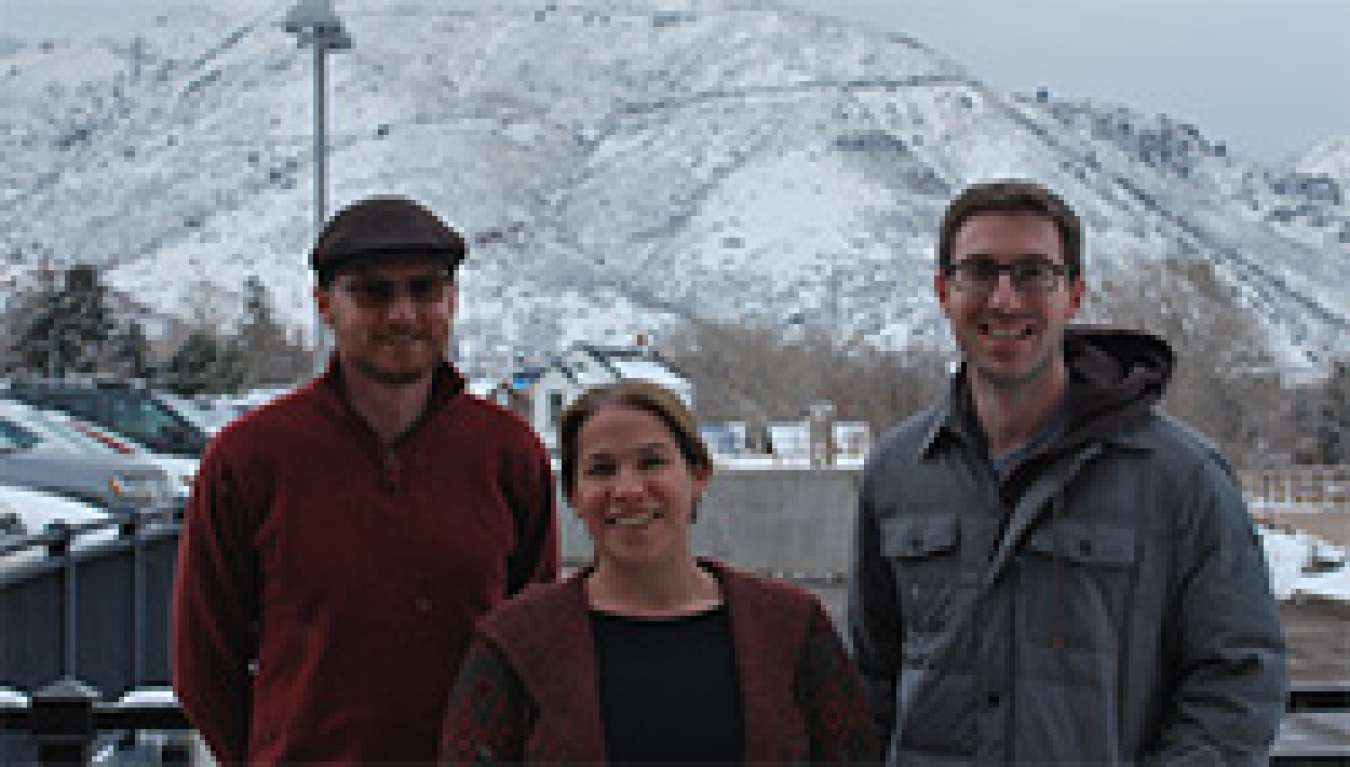
Team Members
- Principal Investigator: Stephen Frank
- Entrepreneurial Lead: Daniel Studer
- Industry Mentor: Heidi Lubin
Technology Description
Beyond Fault Detection (BFD) is an interactive, context-aware, energy-analytics, and fault-detection platform for commercial buildings. Using state-of-the-art predictive analytics, BFD continuously displays a building’s energy performance and, critically, whether that performance falls within an acceptable range given the building’s current operating conditions. Users understand at a glance whether the monitored building is healthy and meeting its energy performance goals.

Team Members
- Principal Investigator: David Heldebrandt
- Entrepreneurial Lead: Phillip Koech
- Industry Mentor: Mike Matuszewski
Technology Description
CO2BOLs are organic liquids that can absorb combustion products such as CO2 or SO2. In the case of CO2, this provides for carbon capture, for SO2, a reduction in the major cause of acid rain. CO2BOLs can be regenerated under mild conditions with the captured gas being recovered for use or sequestration. The system has been dubbed as the "Swiss Army Knife" of chemical solvents because of the ability to tailor the specific chemistry to the specific gas separation application.

Team Members
- Principal Investigators: Dan Ruddy, Josh Schaidle
- Entrepreneurial Lead: Jesse Hensley
- Industry Mentors: Tim Eggeman, Bill Schafer
Technology Description
CuB Fuels empowers automotive manufacturers and oil refineries to improve fuel economy and meet regulatory mandates while increasing their gross profits by offering a proprietary catalyst technology that yields high-octane, synthetic, on-road and aviation gasoline blendstocks from renewable domestic resources.

Team Members
- Principal Investigator: Prabhat Tripathy
- Entrepreneurial Lead: Jordan Argyle
- Industry Mentor: James Herring
Technology Description
This invention provides a corrosion protection barrier on metallic structural materials, functional metals and alloys, and rare earth-based magnets. The coating is formed by the electrodeposition of metallic aluminum on the surface of the metal/alloy from an alkali metal bromide (salt) plating bath. A thick, homogenous, uniform, pore-free, and adherent aluminum layer coating is formed when the substrate is made a cathode. The process enables formation of a multi-layered surface coating.

Team Members
- Principal Investigator: Steven Prescott
- Entrepreneurial Lead: Ram Sampath
- Industry Mentor: Rob Sewell
Technology Description
Traditional PRA tools provide a static assessment of a given model. This is sufficient for many applications. However, many scenarios are time-dependent or dynamic. EMRALD is a State PRA model based on a three-phase discrete event simulation, which makes it ideal for dynamic time-dependent models and also makes coupling possible with other time-dependent physics based simulations/models. This overall design enables easy use for new and experienced PRA model users.
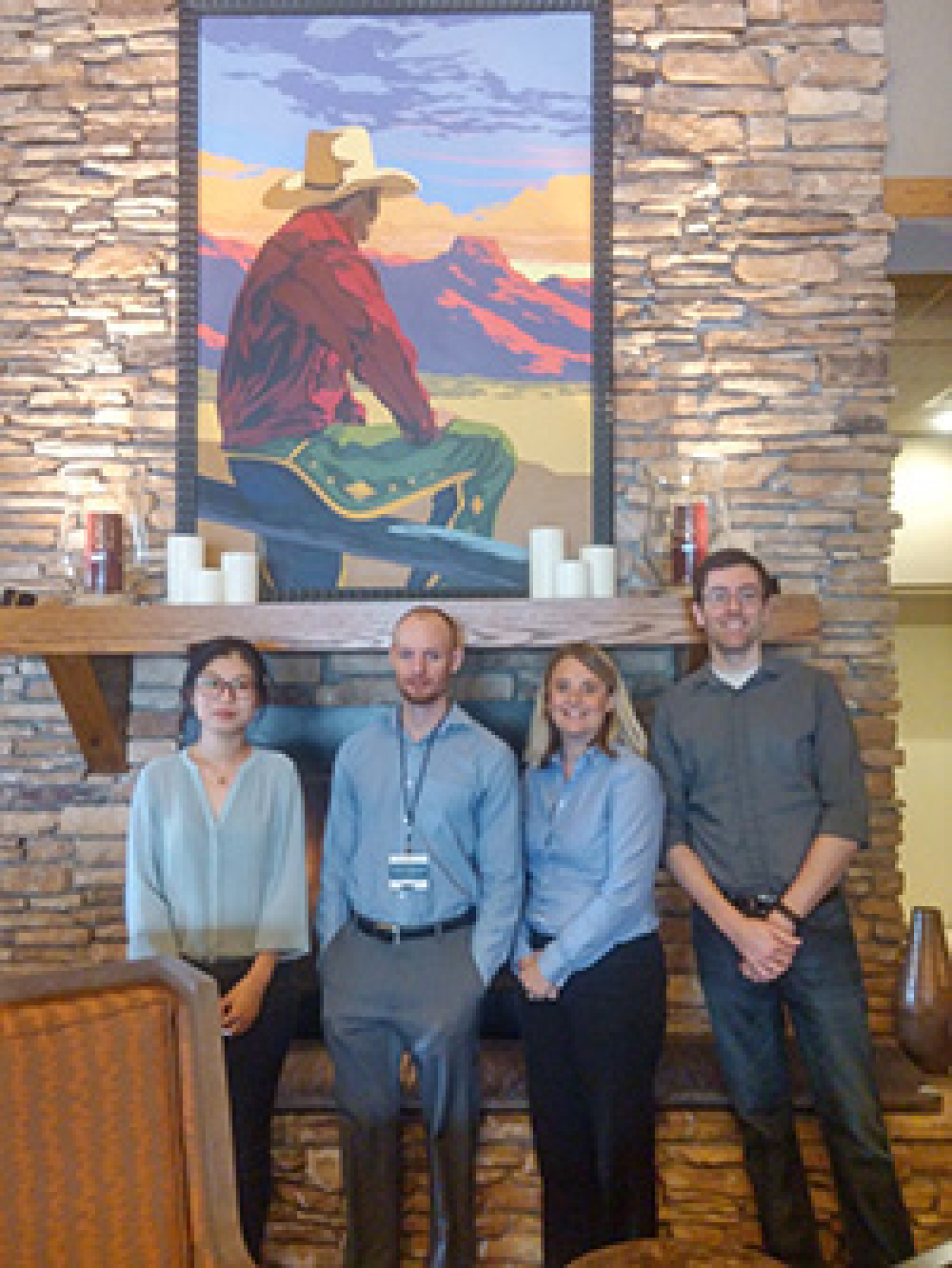
Team Members
- Principal Investigator: David Robichaud
- Entrepreneurial Lead: Ruoran Zhang
- Industry Mentors: Kim Nelson, Peter Ciesielski
Technology Description
Polyethylene (PE) is a ubiquitous plastic for many common applications including plastic bags and packaging material. This material is non-biodegradable and is accumulating in massive quantities in the oceans, causing harm to marine ecosystems. Our bio-derived composite films display mechanical properties similar to PE but dissolve completely in water after a controlled period of time. These materials can serve as eco-friendly replacements for PE and other non-biodegradable plastics.
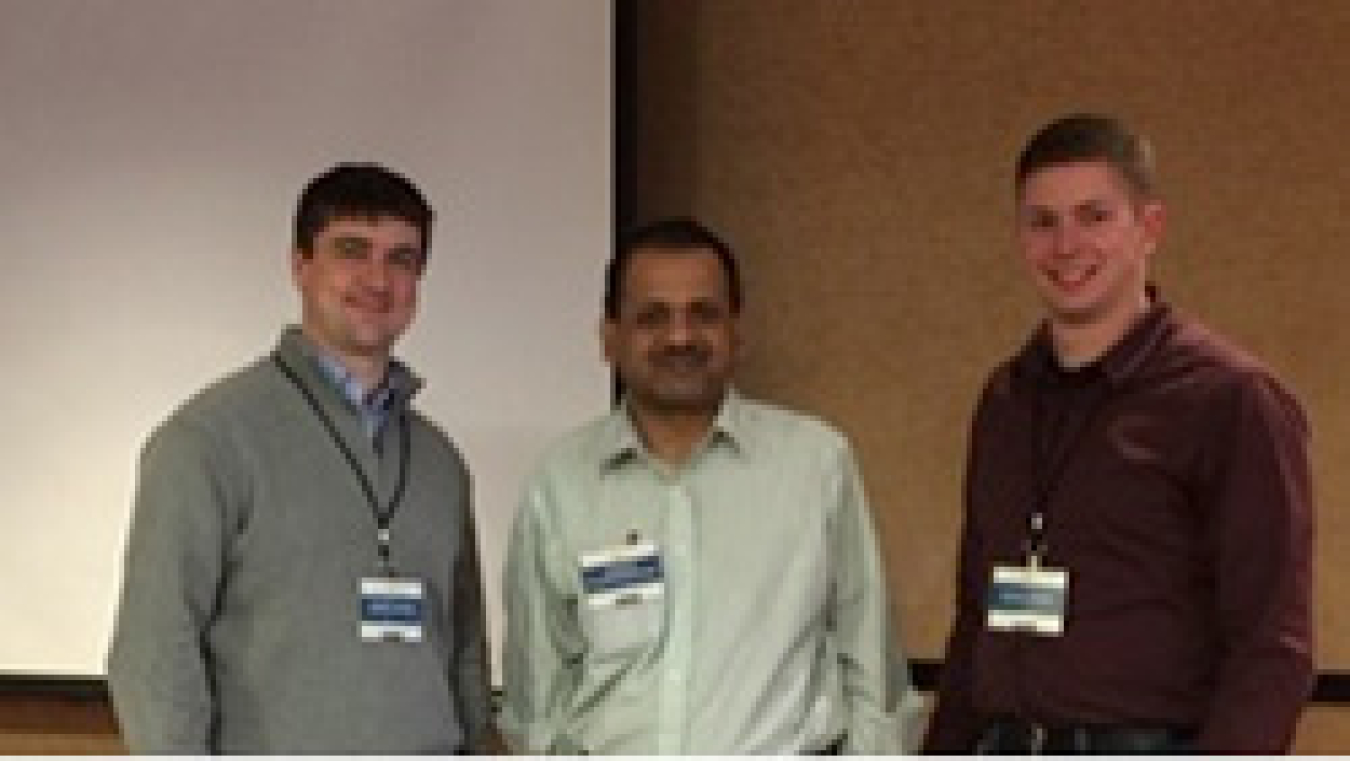
Team Members
- Primary Investigator: Shriram Santhanagopalan
- Entrepreneurial Lead: Aron Saxon
- Industry Mentor: David King
Technology Description
NREL recently developed micro-calorimeters that are highly accurate and capable of measuring heat signals of the order of a few microwatts. This technology will enable the industry to measure and distinguish between multiple heat sources within the battery and accurately identify aging mechanisms within cells. The abilities of this tool will help bridge the gap between material limitations and cell level performance. Building of the prototype was funded by the U.S. Department of Energy's Vehicle Technologies Office.
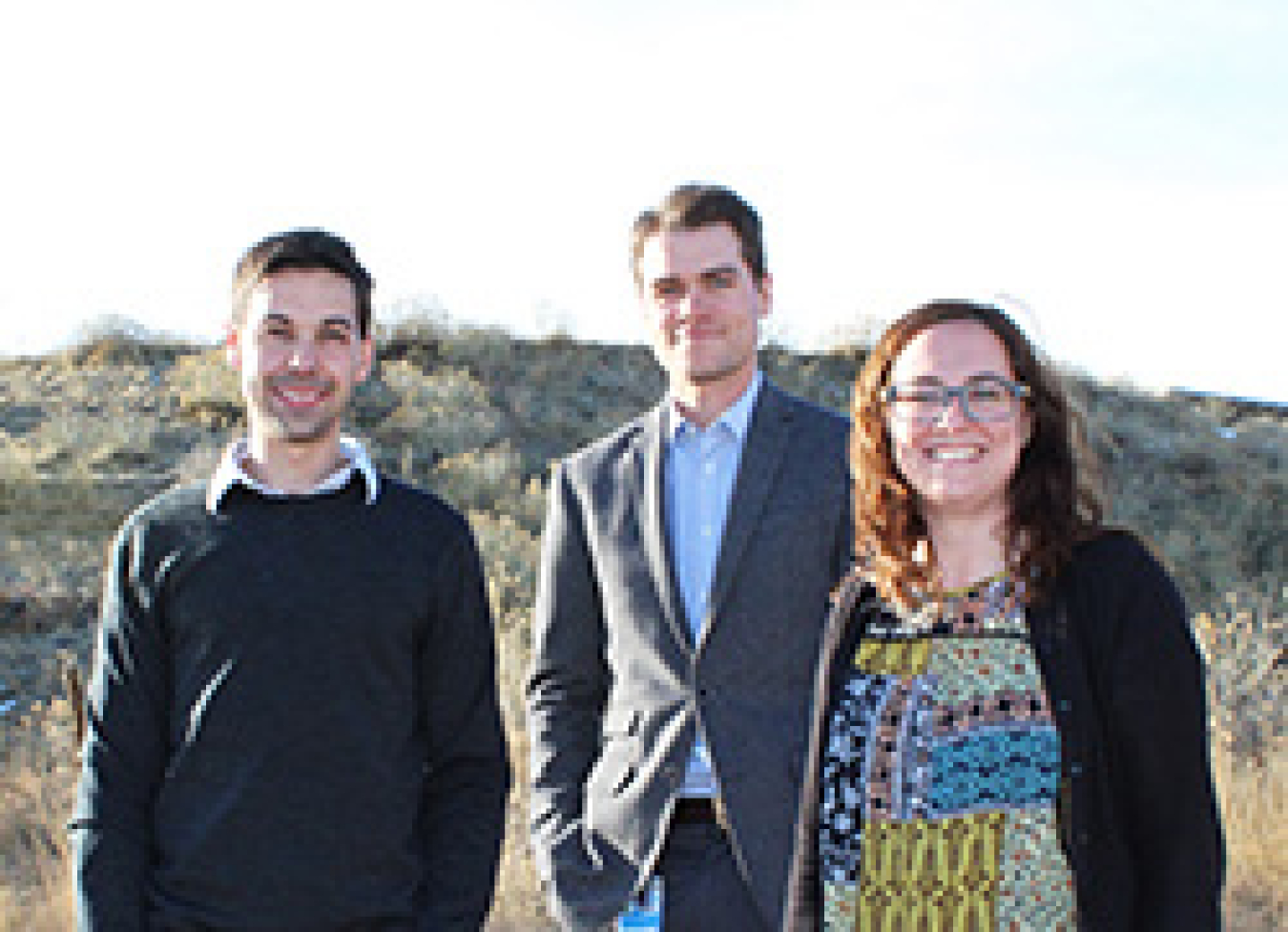
Team Members
- Principal Investigator: Eric Karp
- Entrepreneurial Leads: Violeta Sanchez i Nogue, Todd Eaton
- Industry Mentor: John Aikens
Technology Description
Sustainable Nitriles' nitrilation technology enables production of cost-competitive nitriles from both biomass residues and traditional petro-based feedstocks. This de-couples nitriles' dependence on a volatile petroleum market, stabilizing price points for end users. One downstream product, carbon fiber, is highly sought in automotive applications but volatility in the petroleum market limits large scale use. Nitrilation provides a solution that is cleaner, greener, and cost-competitive.

Team Members
- Principal Investigator: Donna Baek
- Entrepreneurial Leads: Robert Fox, Devin Imholte
- Industry Mentor: James Hedrick
Technology Description
This technology safely removes and separates mercury and rare earth elements from fluorescent lamps so as not to volatilize mercury to the environment. Phosphor powders contain rare earth elements, which are considered critical elements worldwide based on their ubiquitous application in clean energy technologies and microelectronic devices. Recovery of these metals through urban mining is much more economical and sustainable.
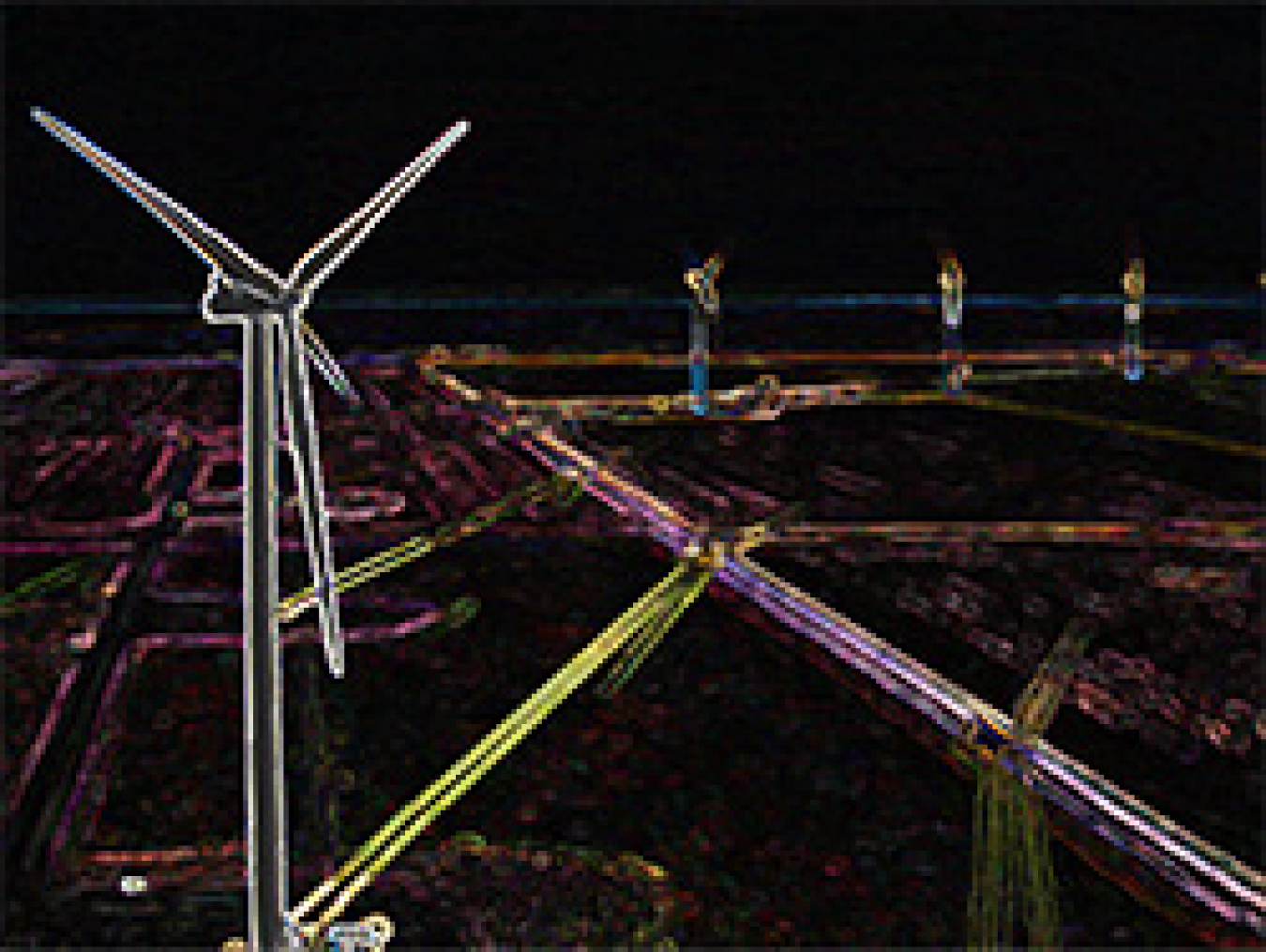
Team Members
- Principal Investigator: Ryan King
- Entrepreneurial Lead: Jennifer Annoni
- Industry Mentor: Andy Paliszewski
Technology Description
A primary challenge in lowering the cost of wind energy is uncertainty in the wind during real-time operations. Our technology facilitates high levels of wind energy penetration by making wind plants more predictable. The Wind Stochastic Optimal Control Kit (WindSOCK) combines plant-level control strategies with data-driven forecasting, energy storage, and optimization to help operators make more informed decisions when bidding into energy markets, planning maintenance, and using energy storage.

